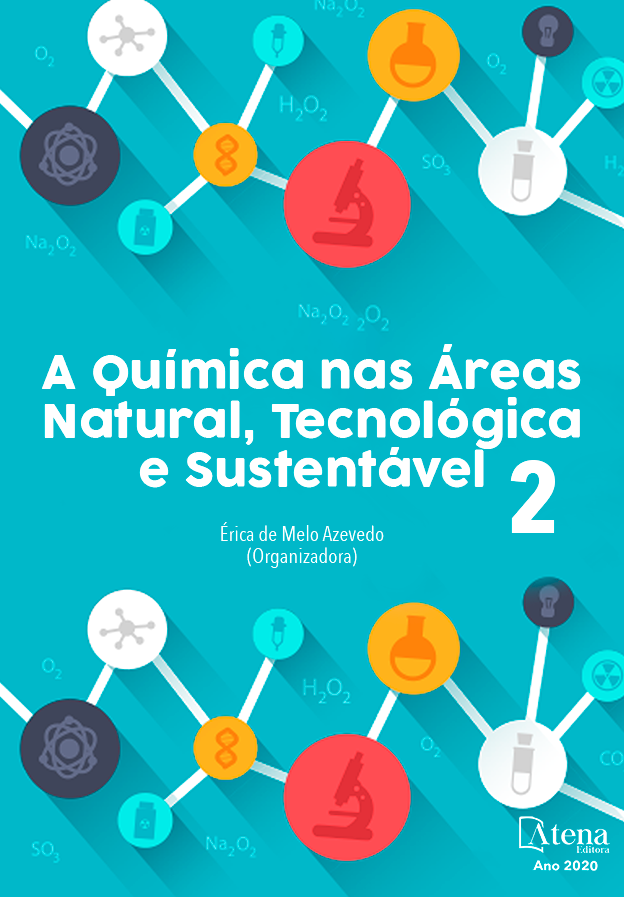
EFEITO DO TEOR DE ÁGUA E DE NACL SOBRE A DENSIDADE DA BARRIGA SUÍNA APÓS A SALGA
O objetivo deste trabalho foi determinar um modelo matemático que descreva a densidade da barriga suína em função dos teores de água e NaCl durante a salga úmida. O processo de salga úmida foi realizado em oito diferentes tempos (2, 4, 6, 8, 11, 14, 17 e 19 horas) em temperatura controlada de 5 °C ± 1 °C.Para avaliar o efeito dos teores de água e de NaCl sobre a densidade da barriga suína, a redução do teor de água foi realizada em seis tempos pré-programados (0,2; 1,1; 2; 2,5; 3,3; 4 horas) totalizando, desta forma, seis conteúdos de água distintos para cada tempo de salga. Notou-se que a densidade aumentou com a redução do teor de água e o aumento do conteúdo de NaCl na barriga suína após o processo de salga úmida. O modelo polinomial de primeira ordem melhor se ajustou aos dados experimentais, apresentando também maior simplicidade matemática para futuras aplicações práticas em controles de processos industriais que envolvam transferência de massa em barriga suína após salga úmida.
EFEITO DO TEOR DE ÁGUA E DE NACL SOBRE A DENSIDADE DA BARRIGA SUÍNA APÓS A SALGA
-
DOI: 10.22533/at.ed.86620190610
-
Palavras-chave: Densidade, Modelo matemático, Barriga suína, Salga úmida.
-
Keywords: Density, Mathematical model, Swine belly, Wet salting.
-
Abstract:
The objective of this work was to determine a mathematical model that describes the density of the swine belly as a function of the water and NaCl contents during wet salting. The wet salting process was carried out at eight different times (2, 4, 6, 8, 11, 14, 17 and 19 hours) at a controlled temperature of 5 ° C ± 1 ° C. To assess the effect of water and NaCl contents on the density of the swine belly, the reduction of the water content was performed at six pre-programmed times (0.2; 1.1; 2; 2.5; 3.3 ; 4 hours), thus totaling six different water contents for each salting time. It was noted that the density increased with the reduction of the water content and the increase of the NaCl content in the swine belly after the wet salting process. The first order polynomial model was better suited to experimental data, also presenting greater mathematical simplicity for future practical applications in industrial process controls that involve mass transfer in swine belly after wet salting.
-
Número de páginas: 13
- Marcio Augusto Ribeiro Sanches
- Bruna Grassetti Fonseca
- Andrea Carla da Silva Barretto
- Javier Telis Romero
- Rodrigo Rodrigues Evangelista


